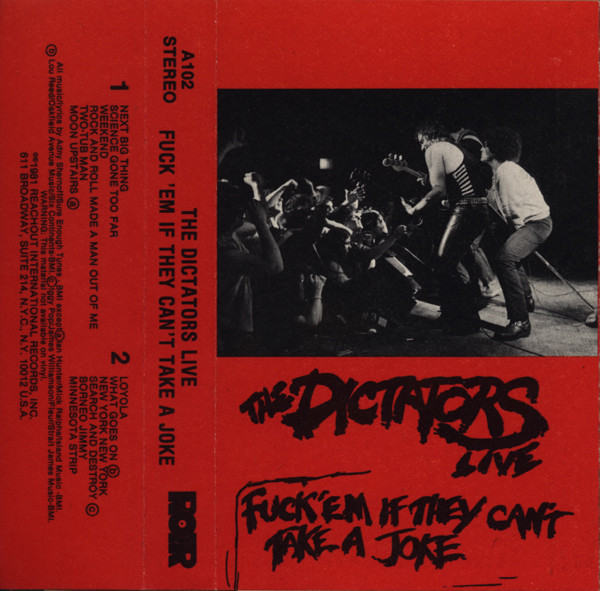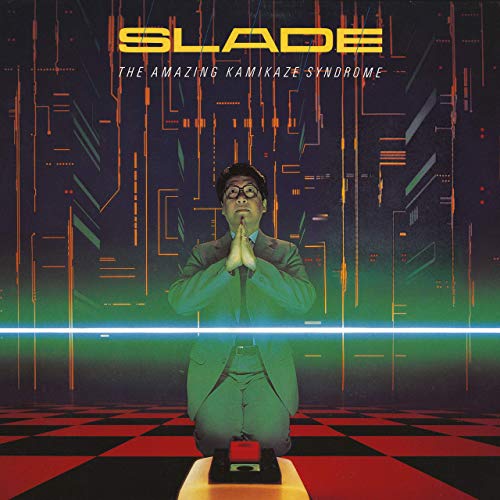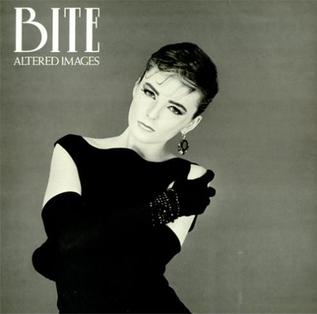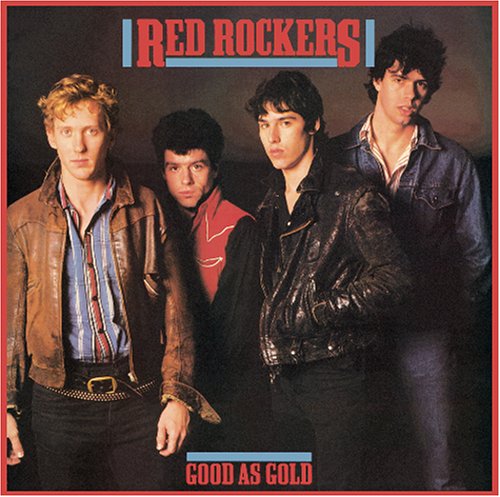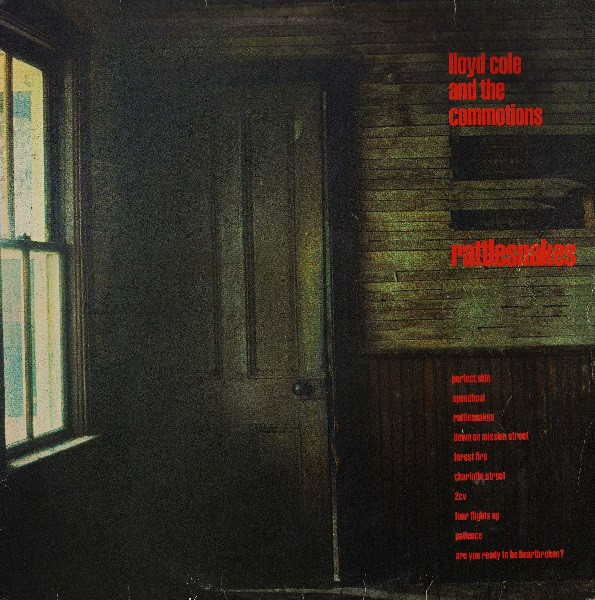
“Are You Ready to Be Heartbroken?” (1984) – Lloyd Cole and the Commotions * Written by Lloyd Cole and Neil Clark * Produced by Paul Hardiman * LP: Rattlesnakes * Label: Polydor
“Are You Ready to Be Heartbroken?” was the final track on the debut album by the University of Glasgow’s Lloyd Cole and the Commotions, and it jangled with a rich, resonant sadness. Anne Dudley’s string arrangements swelled up like big tears, offsetting and forgiving Cole’s snooty set of lyrics. There’s no reason not to suspect the song started as a goof on Glaswegian jangle rival Roddy Frame, who wore his adoration for Arthur Lee on his sleeve, whose wordiness might have benefited from some bookish discipline (or a cold, hard peek through Gary Gilmore’s eyes via Norman Mailer), and whose cheerfulness and need for a sartorial re-think all made themselves manifest in his early publicity shots and videos. Whatever the inspiration, and to their credit, the black-turtlenecked Commotions allowed their song to take on an emotionally layered life of its own. A 2006 track by the Scottish group Camera Obscura (“Lloyd, I’m Ready to Be Heartbroken”) vied for the Most Unnecessary Answer Song award.


